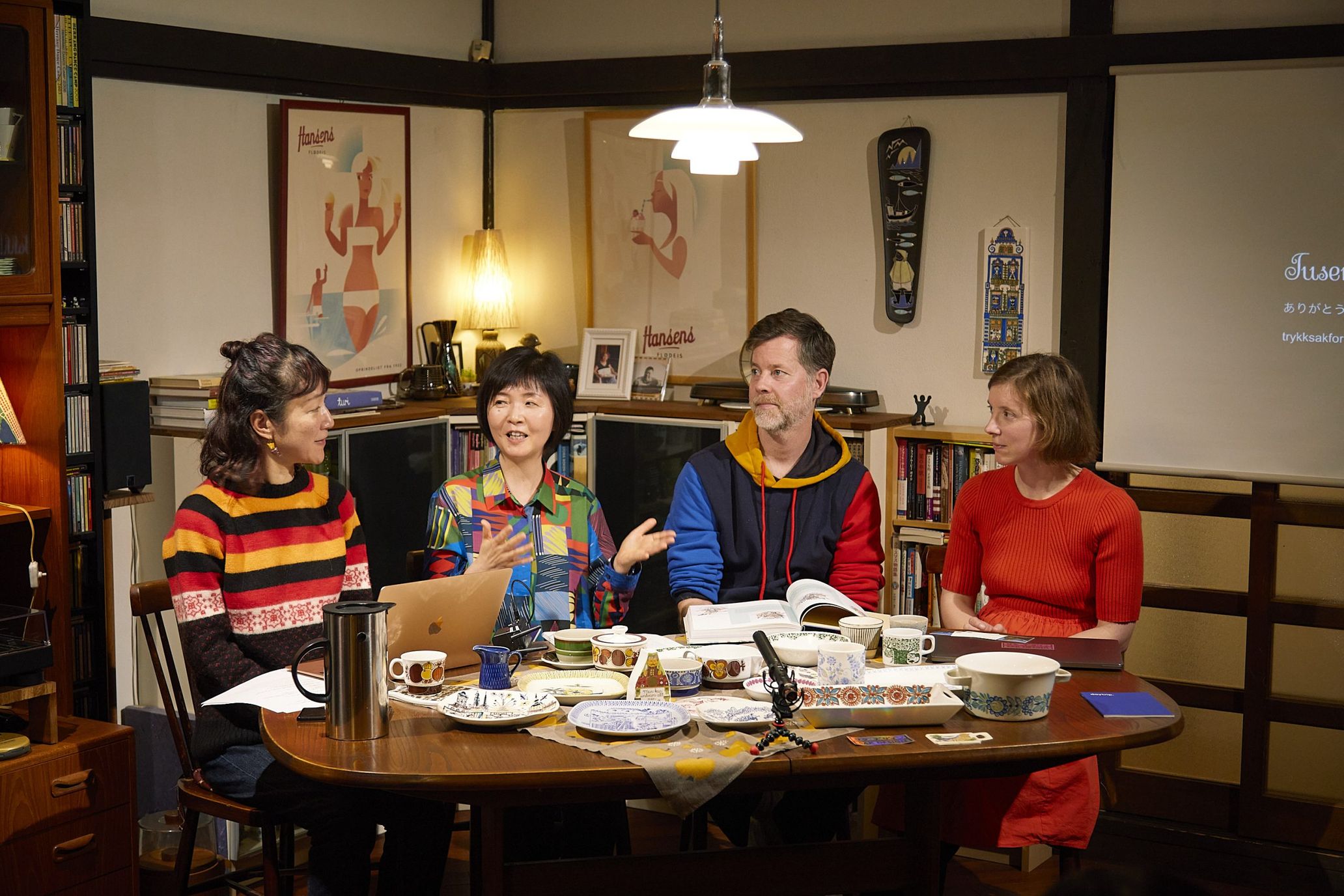
(Left to Right)
Yuriko Mori
Yuriko is a journalist and essayist specializing in Nordic countries. She has written guidebooks, travel essays, and articles about interior design and lifestyle covering five Scandinavian countries. She is the author of『3日でまわる北欧』,『北欧のおもてなし』,『日本で楽しむ わたしの北欧365日』and many other books. She also runs Sticka, a store that sells vintage Scandinavian tableware and textiles.
Junko Aoki
Junko teaches the Norwegian language and also works as a translator, interpreter, and lecturer. She studied at the Volda National College and the University of Oslo in Norway. Since 2000, she has been running the community website Norway Yumenet to provide information about Norway. Junko authored many books including,『テーマで学ぶノルウェー語』,『ノルウェー語のしくみ<新版>』,『ニューエクスプレスプラスノルウェー語』,『「その他の外国文学」の翻訳者』. She is a translator of Me and My Moulton and Threads among many other works.
https://www.norway-yumenet.com/
Goedele and Simon
They founded the design studio SAK design and publishing company trykkSAK. As graphic designers, they are involved in the production of books related to art and design. Their goal is to provide opportunities for people to think about current social and political issues through books. Their office is located in the suburbs of Stavanger, Norway, which is also known for its ceramics.
https://trykksakforlag.no/
Turi Gramstad Oliver is a prominent Norwegian artist who has been active since the mid-20th century. Last summer in Norway, a design book Turi was released, chronicling Turi’s lifetime of creative work. The book includes over 500 illustrations and photographs, along with archival images, anecdotes, and insights into her personal life shared with fellow creative collaborators. It was written by Torunn Larsen, a writer and art historian.
In November, Goedele and Simon, the head of the Norwegian design studio and publishing house trykkSAK, which handled the design of the book, visited Japan. Yuriko Mori, a journalist who specializes in Nordic countries, hosted an event titled “Welcome to Cute Norway: The World of Turi and the Enchanting Nordic Design” at her store Sticka, known for carrying Nordic merchandise. Junko Aoki, a translator specializing in Norwegian, joined the event as the interpreter and moderator.
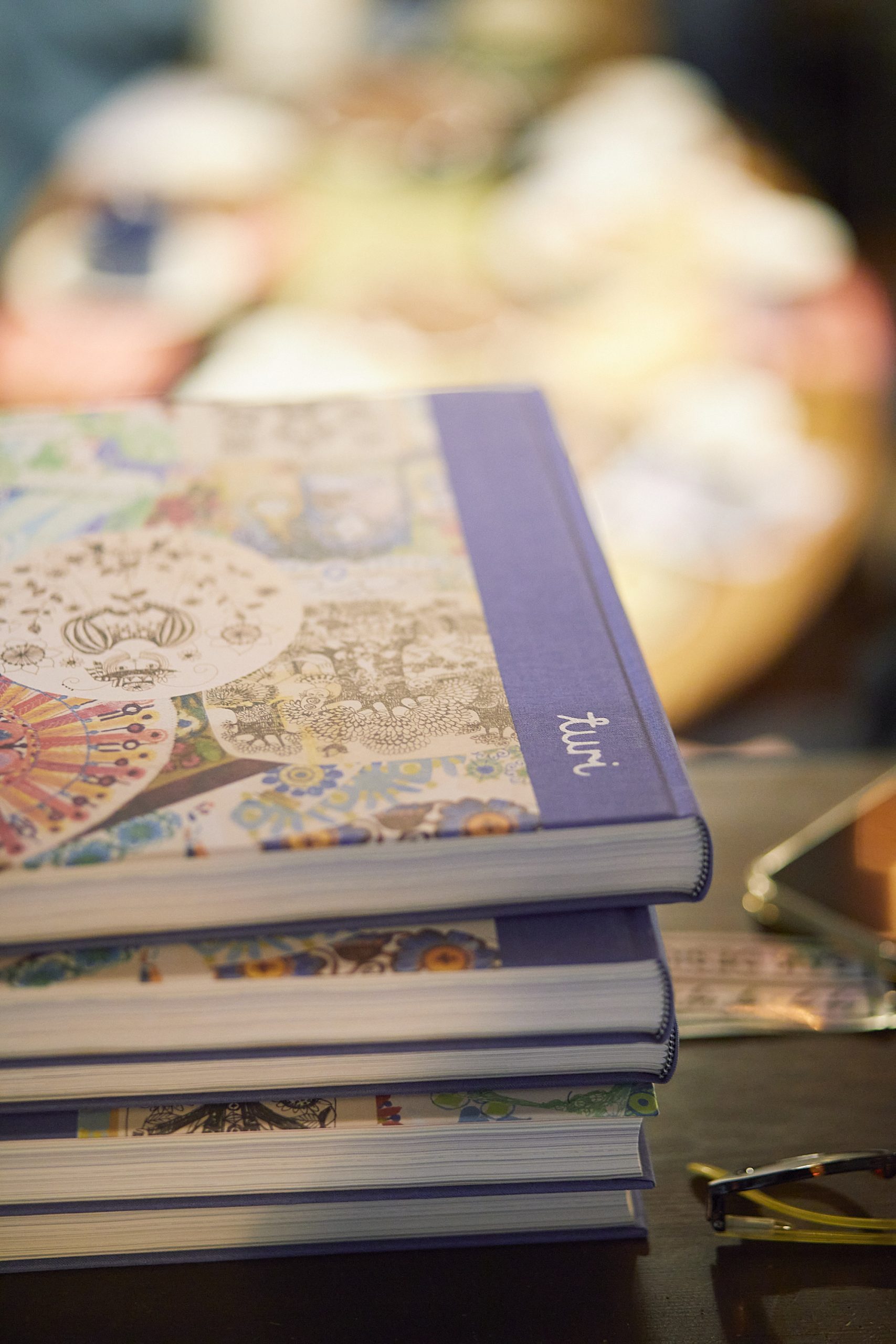
Hugely successful work and the untold agony behind the scenes
The book turi is the result of five years of work by Goedele and Simon, who curated the content from a massive collection of Turi’s works and photographs. They compiled the book while listening to stories from that time, including untold struggles that Turi experienced. With a wealth of life experiences, she still has so many stories to share that there are plans to publish several more books.
At the event, the speakers discussed the history of Turi from the time she was an in-house designer for a traditional ceramics manufacturer Figgjo, which is located in a town with the same name in southwestern Norway. Turi designed the Lotte collection, which became a long-standing bestseller all over the world after it was launched in 1962. They say the popularity lies in the designs featuring charming girls and plants, which evoke scenes from a novel. However, Turi didn’t intend to create a story out of her design work. After the product line was launched, an enthusiastic fan wrote a letter asking, “What kind of story exists in Lotte?” Turi replied, “I am not trying to tell a story. I just want people to imagine dreamy places filled with birds and flowers and relax.”
After the full-scale overseas export of the Lotte collection began, the Figgjo brand quickly gained recognition in Japan, Canada, and other countries. While the brand became known worldwide, Turi left Figgjo in 1975 due to conflicts with branding strategy that prioritized sales. She created the prototype of the Elvira collection, which gained popularity over the objections of the sales department, and although sales were strong, it was not well received within the company.
Although crafts were not highly regarded as fine art in Norway at the time, Turi continued to produce handicrafts. After leaving Figgjo, she worked with local artists and produced a number of works in an effort to improve the value of handicrafts. As a result, the textiles she produced in her atelier were recognized as crafts.
Turi also worked energetically as a feminist, along with potters and teachers. According to the book, Sandnes, located in southwestern Norway, is known as where many feminists in this movement emerged. The Sandnes chapter of the Women’s International League for Peace and Freedom (WILPF), the oldest women’s peace organization in the world, founded in 1915, displays a sign by Turi, “Release a Peace.”
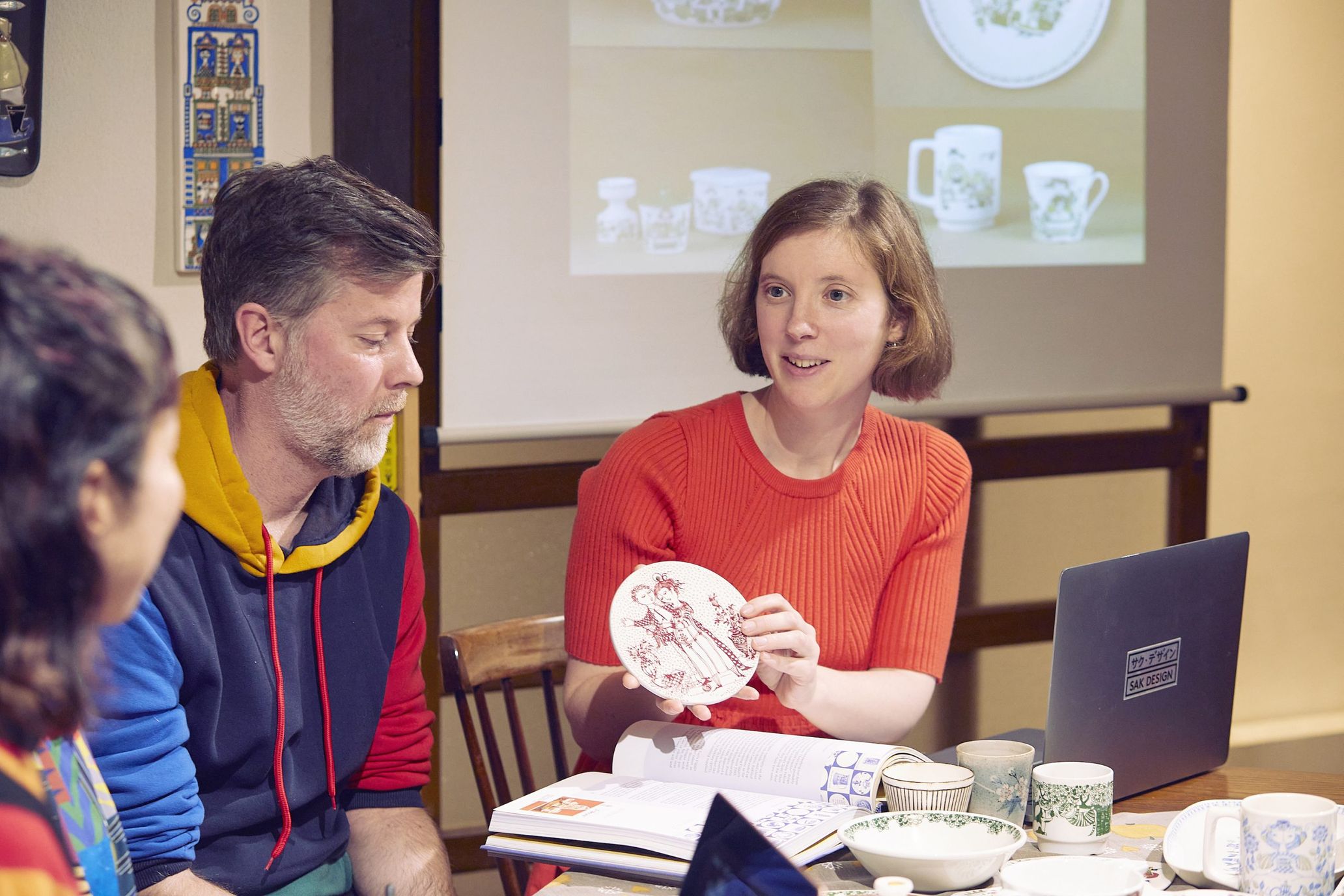

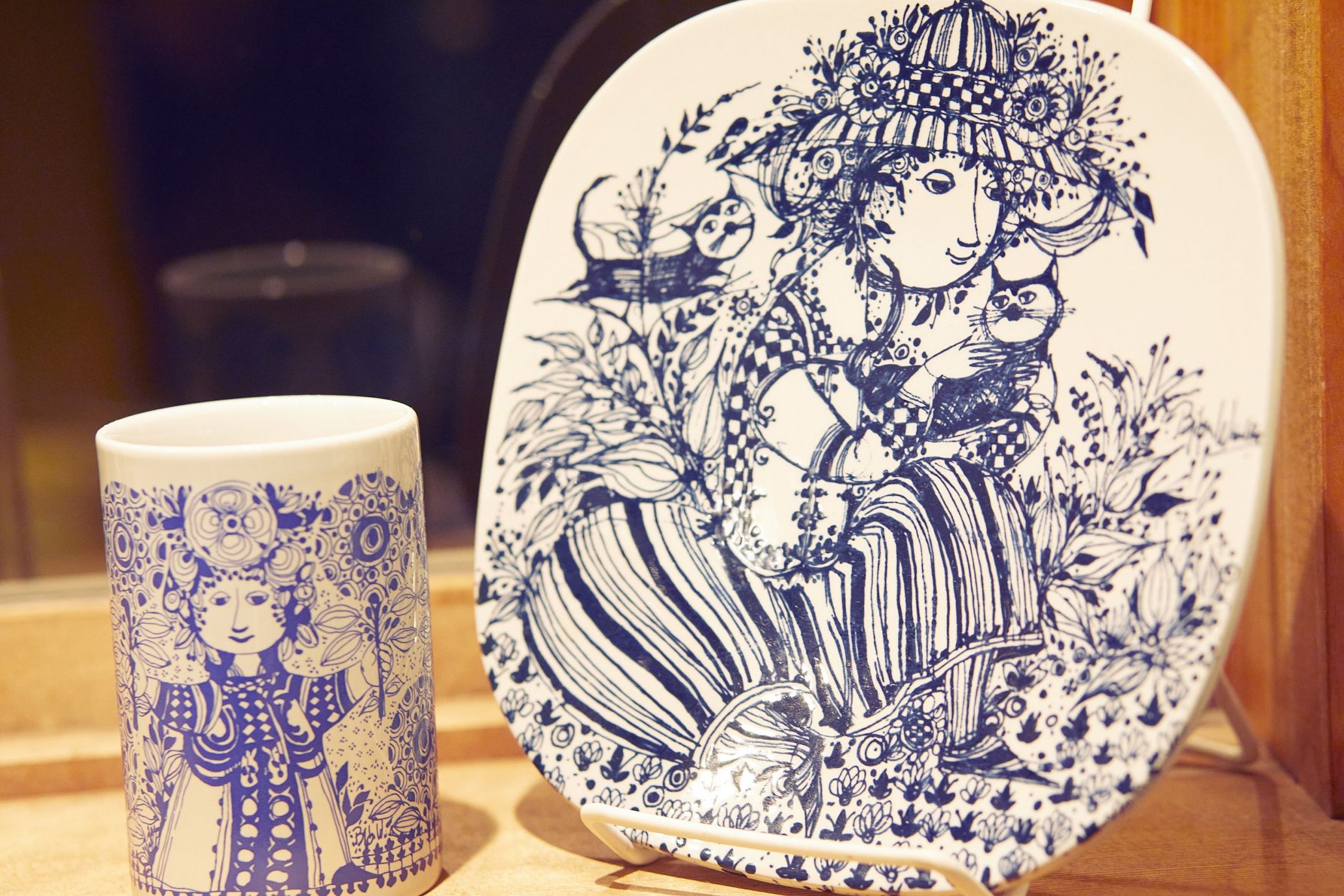
Discovering Mingei in Japan
On her first visit to Japan in 1978, Turi, along with 23 other Norwegian artists, participated in the World Crafts Council General Assembly and International Conference in Kyoto. The conference featured 25,400 crafts exhibits, seminars, and workshops with 2,400 experts from around the world. In her diary, Turi wrote about a garden party attended by 2,000 people and her visit to the Shigaraki Pottery Village in Shiga Prefecture, where she was welcomed with two tons of clay.
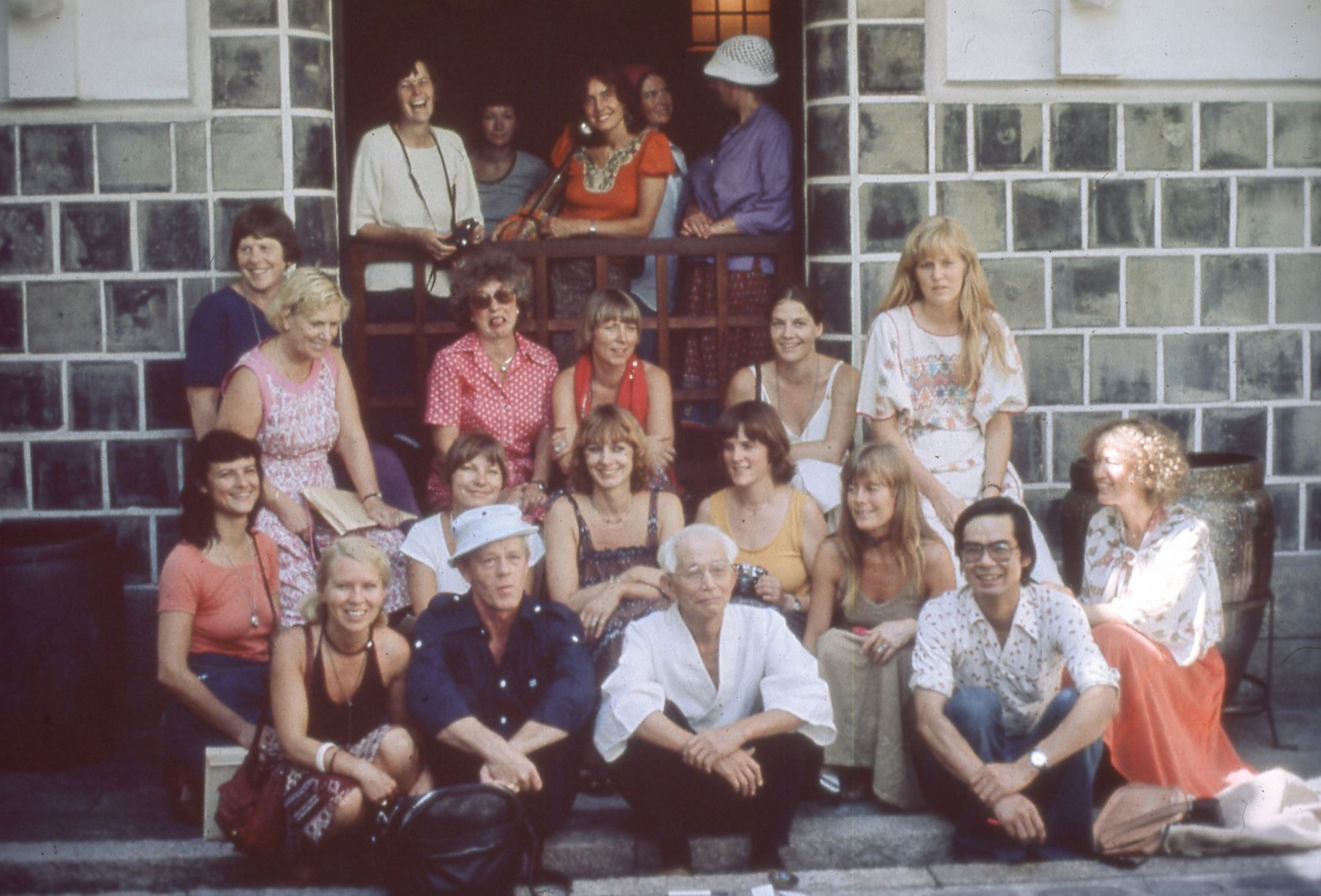
©trykkSAK
The most exciting part of her trip to Japan was a visit to the Mashiko kiln of Shoji Hamada, one of the most important figures in the Mingei movement. Although permission to visit the kiln had not been granted, Hamada’s son allowed Turi to see the kiln because he saw that Turi and her group had the hands of a potter. Turi was not only inspired by pottery, but also traditional Japanese craftsmanship and artisanal techniques, showcasing their respect for nature yet maintaining practicality.
Inspiration from this trip led to the tapestry work My Japanese Garden (Minejapans Bager), and she also designed textiles with a Japanese theme. Furthermore, when she visited the home of artist Kanjiro Kawai, she was inspired by his poetic view of life in the English-language book We Do Not Work Alone and wrote a short poem: “What is beauty But joy found In all of life.” This is included in the turi book.
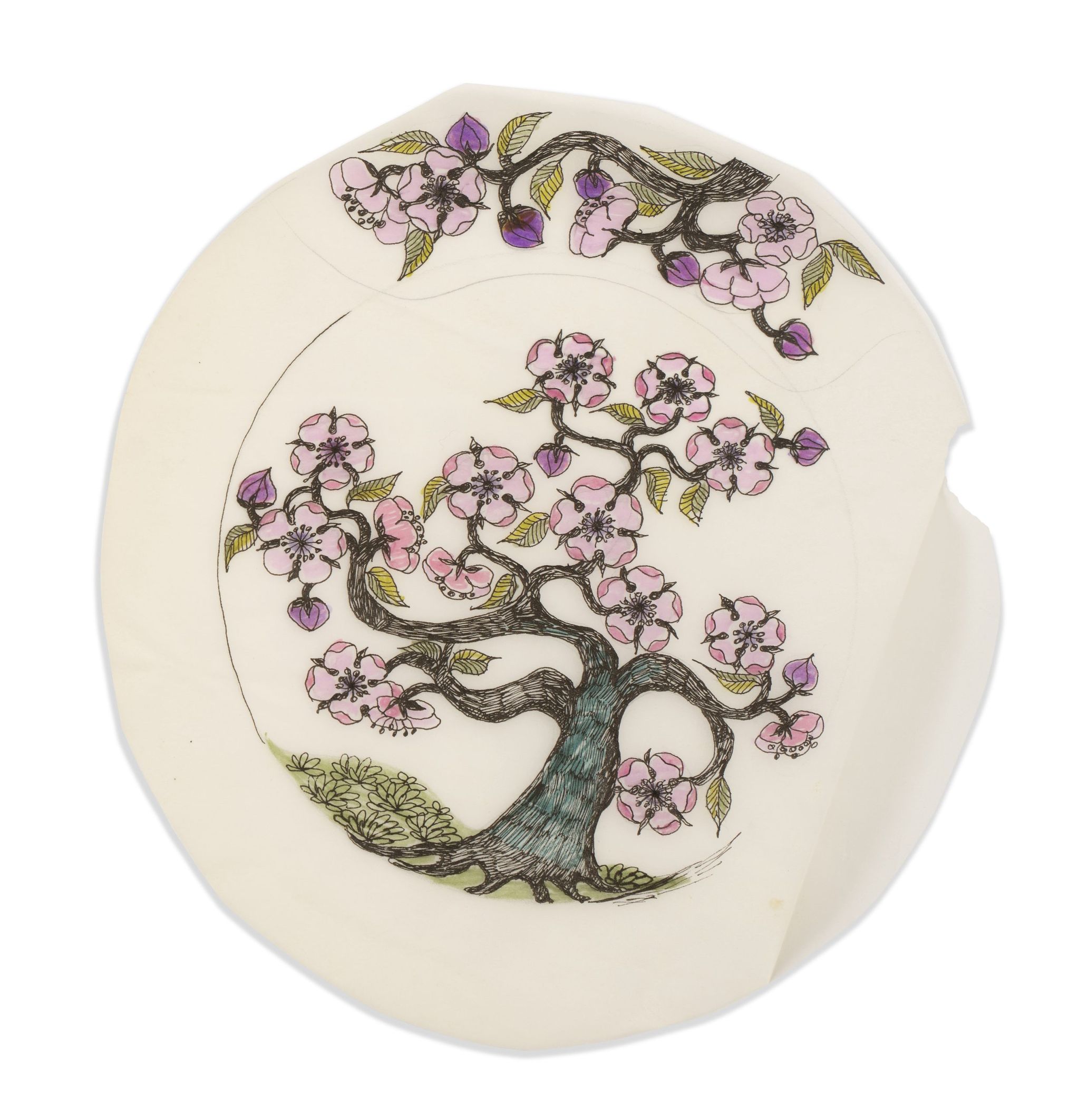
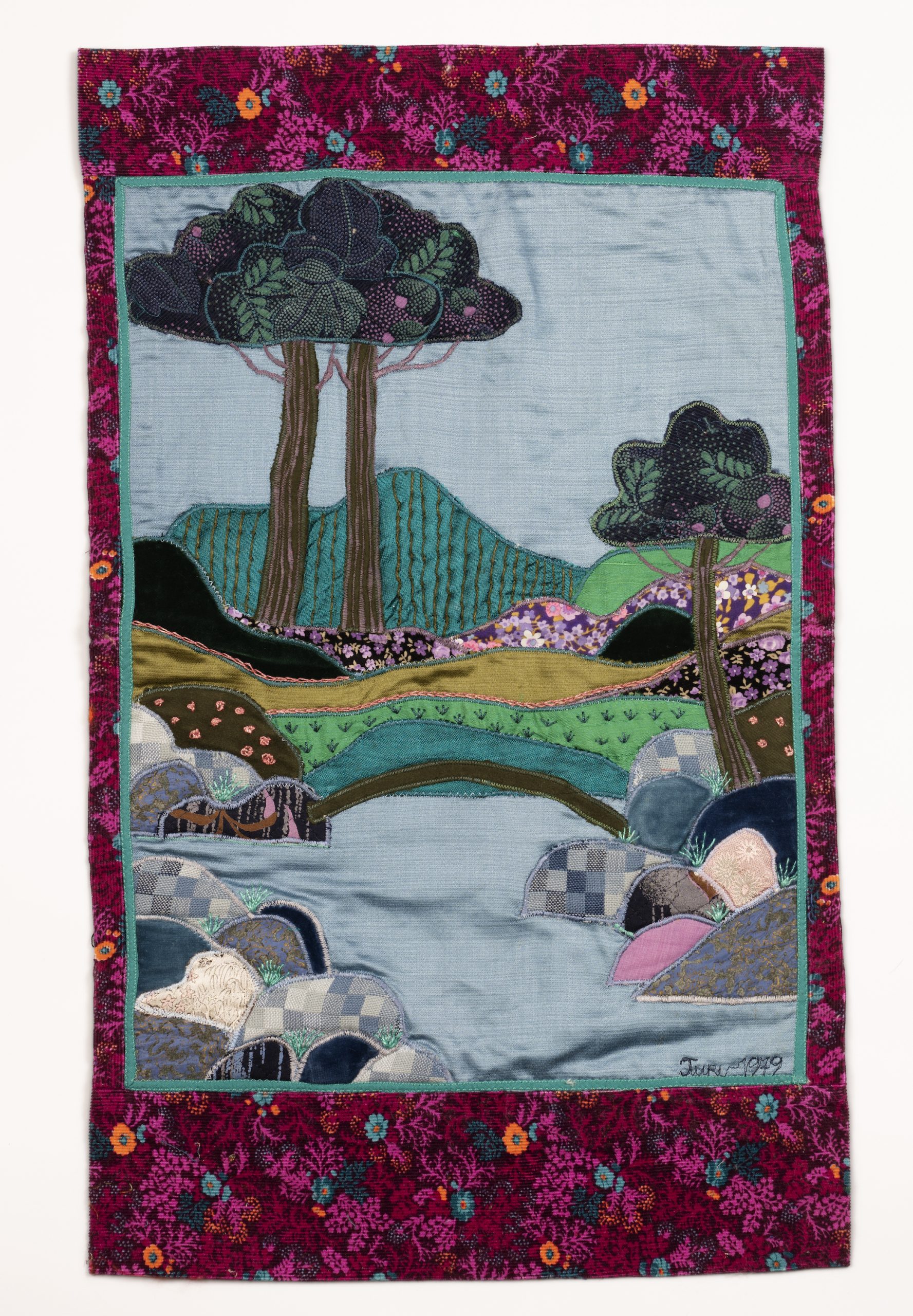
©trykkSAK
Reminiscing about the turi book production and Turi’s reputation in Japan
Goedele and Simon from trykkSAK said, “Through the creation of turi, we felt a high level of professionalism. Despite the many trials Turi went through as a woman and as a designer, the designs she created did not show the difficult part and depicted a joyful world.” Turi’s creative spirit has not waned to this day, and she has never stopped painting. They mentioned that she was planning to go to Oslo for the major exhibition of Louise Bourgeois’ work at the Norwegian National Museum. There is a telling episode about her life. While producing work, Turi always had a constant flow of visitors at her house to the point that the chimes never stopped ringing. Perhaps her love of meeting people and her gregarious nature, which entertained and brightened up people no matter how hard things were, is reflected in her designs.
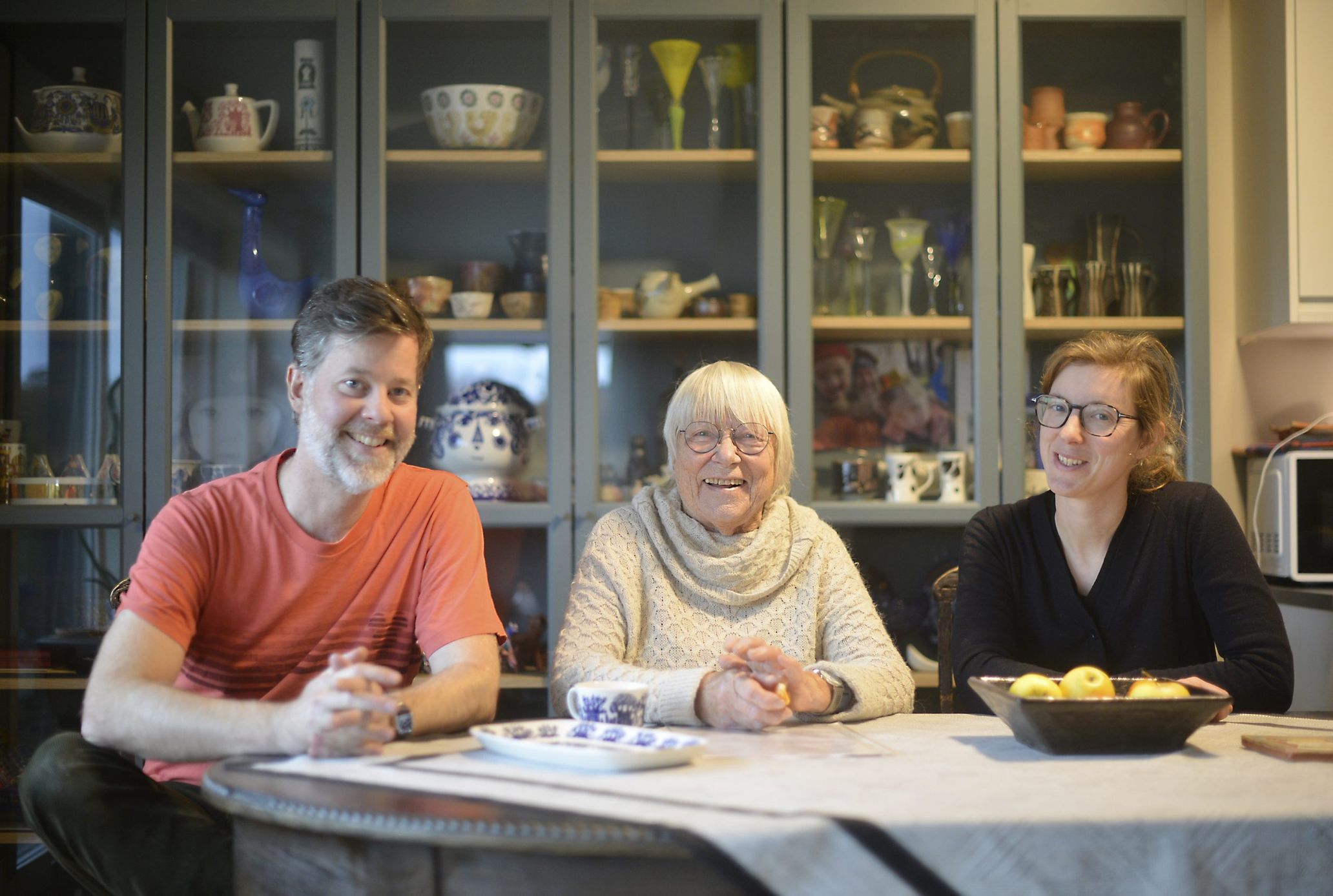
©trykkSAK
A Norwegian student whom the pair from trykkSAK met in Tokyo a few days before the event had never heard of Turi. However, when the student saw the design of the tableware, he remembered seeing them at her grandmother’s house. Junko noted that tableware designed by Turi is often used as wedding gifts in Norway, but many people do not even know the designer’s name. Junko was also surprised that this was the first time that a design book about Turi’s work was published. She expressed her admiration that Turi continued her activities in the suburb of Sandnes away from the capital Oslo, and still her achievements were recognized globally even before the Internet. Junko, who has translated many Norwegian picture books, mentioned the difficulty in conveying the appeal of picture books to Japanese readers due to the aesthetic difference between what is considered cute in Norway and Japan and praised the high quality of Turi’s designs, which are loved in Japan.
Yuriko, who contributed to the book turi, is a big fan of Turi’s works. She also has customers, who often visit her store Sticka, and tell her that they have been using tableware from the Lotte series since the time of their grandmother or mother, confirming that Turi’s works have long been loved in Japan. According to Yuriko, who has been visiting Nordic countries for many years as a journalist and buyer of vintage items, Turi is a special presence. While Norwegian design is still not well known in Japan, many customers are interested in Turi’s work. Some people have become interested in Nordic design and vintage products because of her. She concluded that while many people generally associate Nordic design with modern furniture and simple interiors, the free, lovely world surrounded by nature created by Turi may also overlap with the image of Nordic countries that Japanese people have in their minds.

